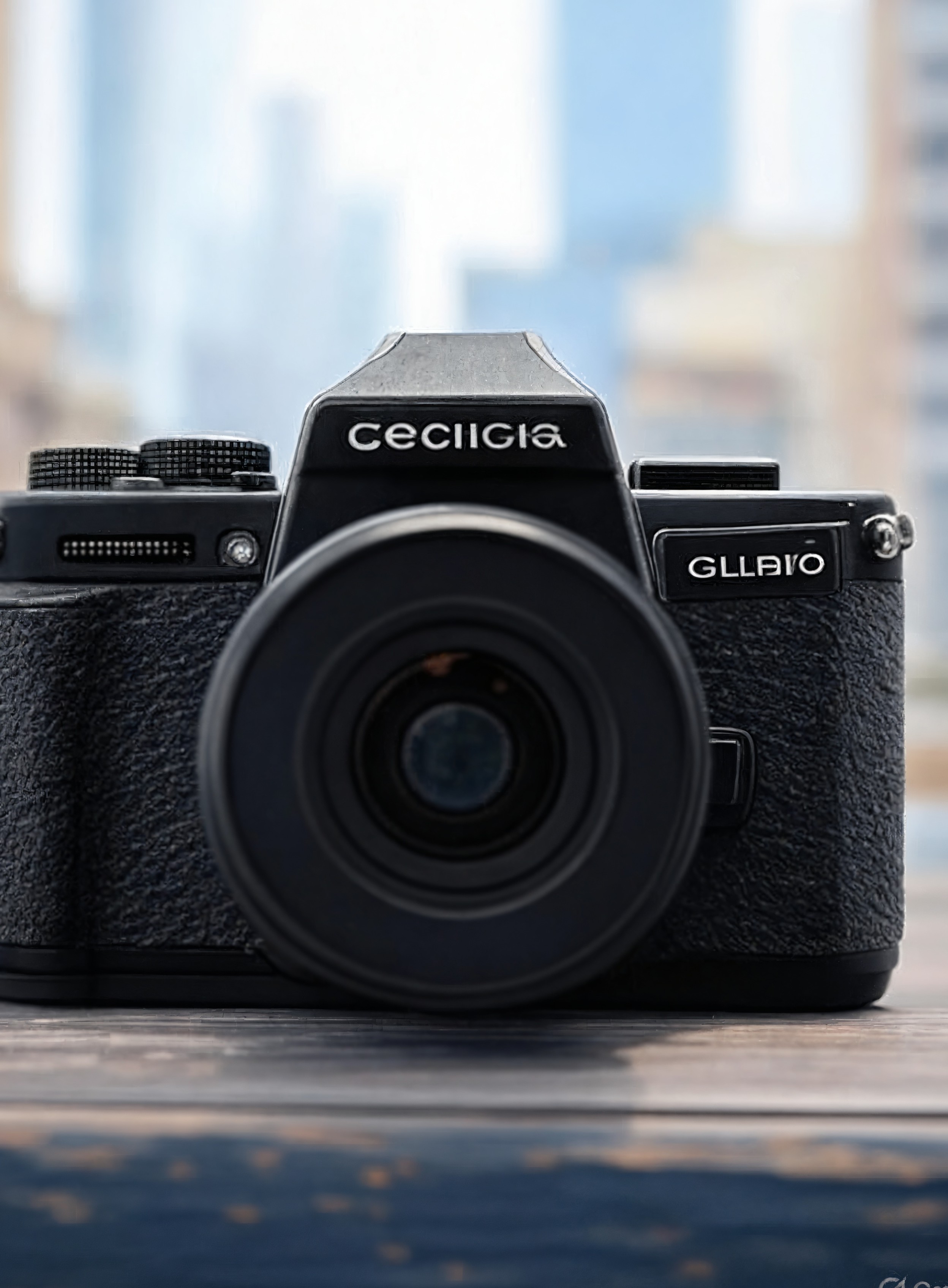
Amazon's Fire TV Stick Naming Chaos Unraveled
Amazon's latest shuffle in the Fire TV Stick arena feels like a corporate fever dream, where executives toss around product names like confetti at a bad wedding, hoping something sticks. Picture this: a streaming stick that was once simply the Fire TV Stick 4K gets a shiny new label as the Fire TV Stick 4K Plus, right after the company drops the Fire TV Stick 4K Select. The goal? Clarity. The result? A hot mess that has shoppers wandering the digital aisles like lost souls in a discount bin. This isn't just a minor rebrand; it's a symptom of a deeper rot in how tech giants peddle hardware in an oversaturated market.
The streaming wars have turned living rooms into battlegrounds, with devices promising seamless 4K bliss. But Amazon's approach here reeks of desperation, cramming three 4K-capable sticks into a price band tighter than a budget airline seat. At $39.99, the 4K Select undercuts the pack, running on the fresh Vega OS that's supposed to make cheap hardware hum like a well-oiled machine. Then there's the 4K Plus at around $49.99—essentially the old 4K model in new wrapping—and the 4K Max at $59.99, boasting beefier specs. Minimal differences, maximal confusion. It's as if Amazon's product team drew inspiration from those endless cable TV bundles that promise everything but deliver headaches.
The Renaming Fiasco: More Smoke Than Fire
Let's dissect this naming debacle. Amazon claims the switch from Fire TV Stick 4K to 4K Plus clears up the lineup after introducing the 4K Select. But who are they kidding? The 4K Select packs half the RAM of its siblings, which means slower app launches and clunky menus—fine for casual viewers, but a drag for anyone binge-watching in high def. It supports all the bells and whistles: 4K UHD, HDR10, HDR10+, HLG, and Dolby Atmos. Yet, with the 4K Plus offering no hardware upgrades beyond a fresh box, it's like repackaging last year's leftovers and calling it gourmet.
This isn't innovation; it's sleight of hand. The 4K Max edges ahead with more RAM and a zippy MediaTek processor, but at just $10 more than the Plus, why bother with the middle child? Discounts often blur these lines further, turning what should be a straightforward buy into a riddle wrapped in a marketing enigma. Owners of the original 4K stick? Sit tight—there's zero reason to upgrade. Amazon's sold nearly 300 million Fire TV devices worldwide, launching over 250 TV models with its OS this year alone. Impressive numbers, sure, but they mask a strategy that's starting to crack under its own weight.
Breaking Down the Hardware Hype
Vega OS: Efficiency or Excuse?
Enter Vega OS, Amazon's new software savior for budget hardware. Debuting on the 4K Select, it's touted as a lean, mean streaming machine optimized for responsiveness on low-end specs. Think of it as the tech equivalent of a compact car that sips gas but still gets you to the party. This OS reflects a broader push in the industry to squeeze more performance from cheap chips, capturing those price-sensitive buyers who want 4K without the premium tag. The 4K Select claims to be the fastest under $40, integrating Alexa+ for voice commands that feel like chatting with a slightly nosy butler.
But here's the rub: while Vega OS might polish the rough edges, the halved RAM on the Select means it's no match for the Max in heavy lifting. App loading drags, navigation stutters—subtle annoyances that add up. Amazon's betting on software smarts to bridge hardware gaps, much like how smartphone makers cram AI into mid-range phones to mimic flagship flair. It's a clever pivot, but without bolder hardware distinctions, it just muddies the waters.
The Price Trap and Consumer Traps
Pricing these sticks within spitting distance of each other is a masterclass in self-sabotage. The 4K Select at $39.99 targets the bargain hunters, the Plus at $49.99 appeals to the mildly indecisive, and the Max at $59.99 woos the spec chasers. Yet, with deals slashing prices, the Plus often dips below the Select's launch tag, cannibalizing sales. It's reminiscent of those supermarket end-caps where generic brands undercut the name-brand stuff, except here Amazon's competing with itself. Analysts call this a dilution of the brand, where subtle perks like faster processors get lost in the shuffle, leaving buyers frustrated and second-guessing their carts.
Expert Critiques and the Bigger Picture
Industry watchers aren't mincing words. This rebrand is slammed as a "classic tech move"—shuffling deck chairs on a sinking ship without fixing the hull. Experts argue that Amazon's flooding the market with near-identical products erodes trust, especially when competitors like Roku and Google Chromecast nail clear tiers. Roku's sticks range from basic HD to ultra-premium with stark performance jumps, making choices intuitive. Google's Chromecast emphasizes ecosystem perks, while Apple TV lords over the high end with seamless integration and exclusive content.
Voice assistants are the secret sauce here. Alexa+ on Fire TV promises AI-driven content discovery, but it's up against Google Assistant and Siri in a battle for living room dominance. Amazon's ecosystem is vast, sure, but this naming nonsense risks alienating the very users it's courting. The minimal gaps in features and price could push shoppers toward rivals with simpler lineups, where you don't need a decoder ring to pick a device.
Industry Trends: Streaming's Crowded Circus
The streaming device market is a circus of innovation and imitation. Companies are racing to optimize OSes for diverse hardware, much like Vega OS aims to do. Google's TV OS and Roku's platform focus on fluidity across budgets, highlighting a trend toward software smarts over raw power. But Amazon's misstep underscores a risk: overcomplication in a space where simplicity wins. With minimal differentiation, these sticks might as well be interchangeable widgets, benefiting no one but the clearance aisle.
This chaos could erode Amazon's dominance, opening doors for underdogs. As AI integration deepens—think smarter recommendations and voice controls—the real winners will be those who make tech feel effortless, not exhausting.
Future Predictions: Clearing the Fog or More Smoke?
Looking ahead, Amazon might streamline its lineup, perhaps by widening price gaps or bundling exclusives to justify tiers. Vega OS could expand, bringing efficiency to more devices and potentially revolutionizing budget streaming. Expect more AI flourishes via Alexa+ to boost engagement, like predictive content queues that anticipate your next binge.
But if this confusion persists, consumer backlash could mount, chipping away at loyalty. Recommendations? Amazon should axe the overlap—merge the Plus and Select into one budget beast, reserve the Max for power users. Competitors might capitalize, pushing clearer, more innovative options. In the end, success hinges on ditching the gimmicks for genuine value.
Key Takeaways from the Fire TV Fumble
Amazon's Fire TV Stick rebrand exposes the absurdity of tech's endless product churn, where names change but substance stays stale. Consumers face a lineup that's more puzzle than portfolio, with Vega OS offering a glimmer of hope amid the haze. For the company, it's a wake-up call to prioritize clarity over clutter, or risk handing the remote to rivals. In a market hungry for simplicity, this naming nightmare serves as a cautionary tale: sometimes, less really is more.
Comments
Read more

Prime Day Laptop Deals: M4 Power and AI Hype Exposed
Dive into October Prime Day's laptop steals, from M4 MacBooks to AI Surfaces, with sharp analysis on deals, trends, and tech industry absurdities.

Roku Bargains and EA's Mega Buyout Exposed
Dive into Roku's killer deal and EA's $50B privatization plot, uncovering tech's absurd money games and consumer wins.

Prime Day Camera Deals: Up to 41% Off Top Brands
Explore Prime Day's top camera and drone discounts from DJI, Sony, Canon, with analysis on tech trends and creator impacts.